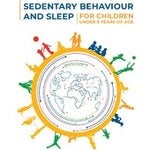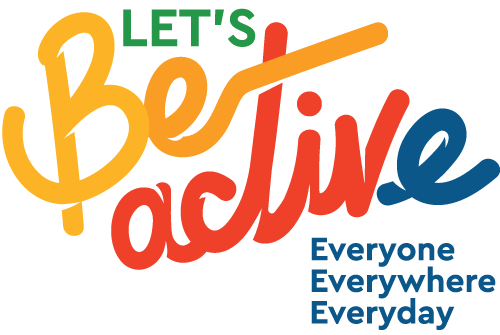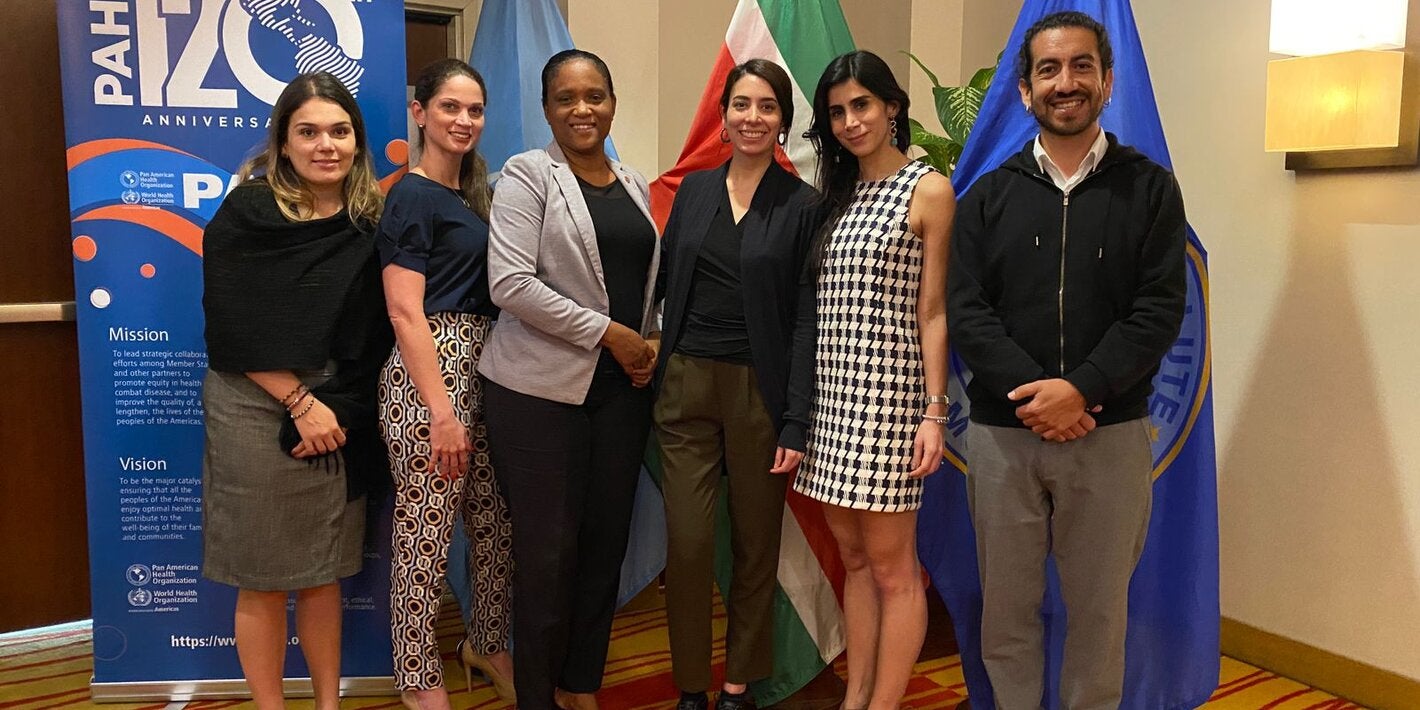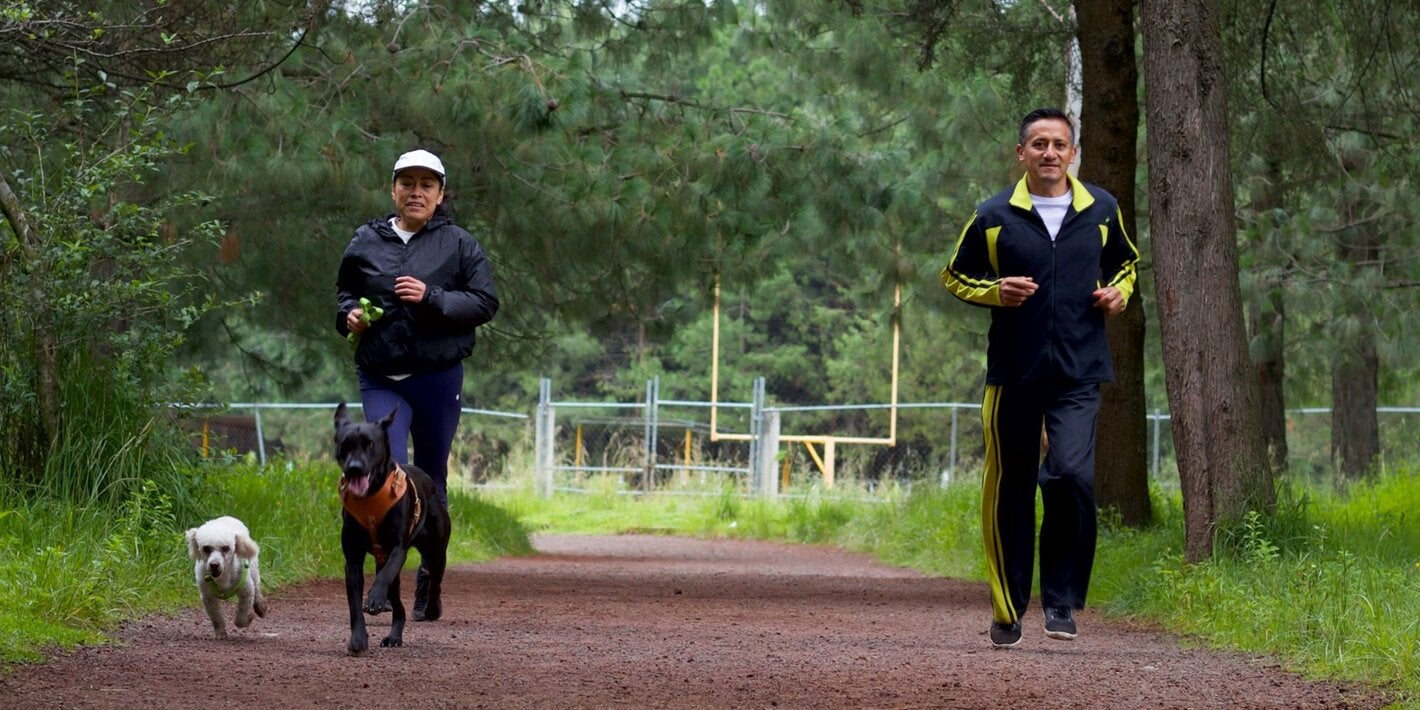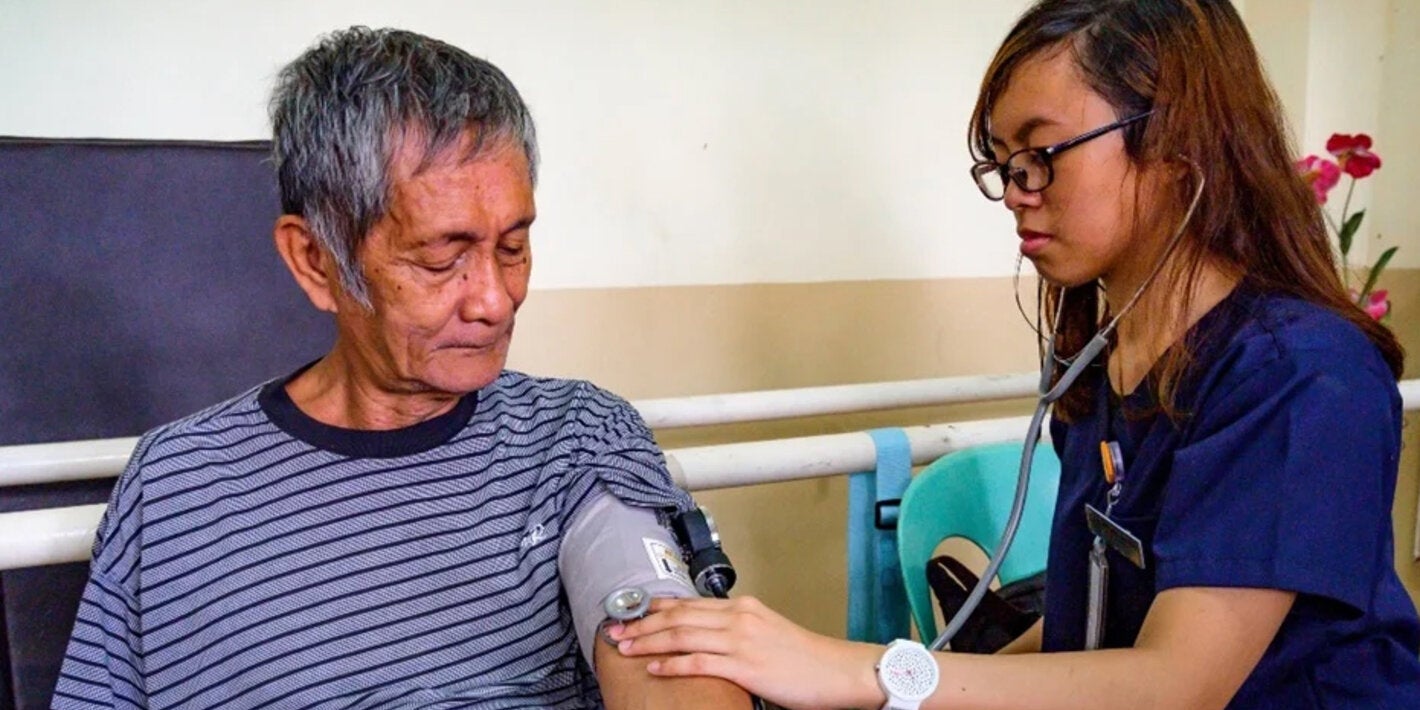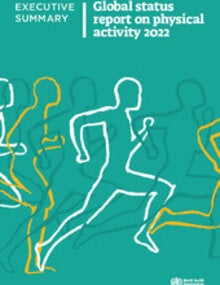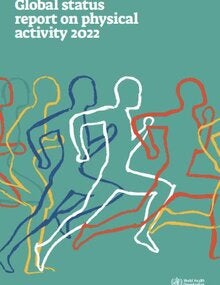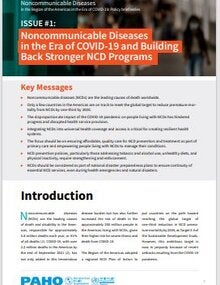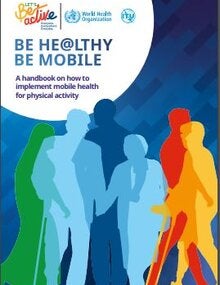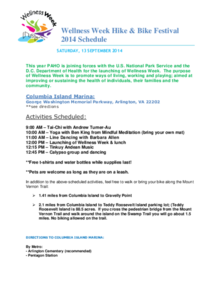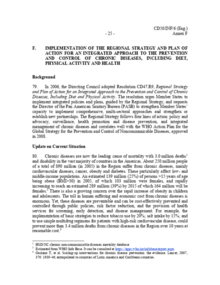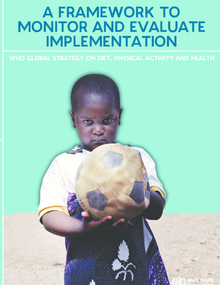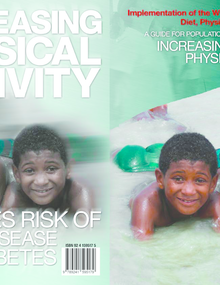Why is physical activity important?
Insufficient physical activity is one of the leading risk factors for death worldwide and is on the rise in many countries. Regular and adequate physical activity, defined as any bodily movement that requires energy, can reduce the risk of many noncommunicable diseases and conditions, including hypertension, coronary heart disease, stroke, diabetes, breast and colon cancers and depression. Other benefits associated with physical activity include improved bone and functional health. The energy expended while being physically active is also a fundamental part of energy balance and weight control. In addition to the multiple health benefits of physical activity, societies that are more active can minimize economic burdens due to medical costs and years of lost productivity, as well as generate additional returns on investment, such as reduced use of fossil fuels, cleaner air and less congested, safer roads.
To reduce health risks and economic burdens to individuals and entire populations, the promotion of physical activity has become both a regional and a global priority. Documents such as the Plan of Action for the Prevention of Obesity in Children and Adolescents and the Global Action Plan on Physical Activity have been developed with respect to the 2030 Agenda for Sustainable Development to guide populations of all levels in these efforts.
Be active
One in four adults (1.4 billion people worldwide) do not meet the World Health Organization (WHO) recommendations of 150 minutes of moderate-intensity physical activity per week to benefit from the reduced risk of noncommunicable diseases and to improve their health and well-being. Globally, women are less active (32%) compared with men (23%) and inactivity declines in older age in most countries. Also, poorer people, people with disabilities and chronic diseases, marginalized populations, and indigenous people have fewer opportunities to be active. In Latin America and the Caribbean, physical inactivity increased from 33% to 39% between 2011 and 2016.
Meeting the recommended levels of physical activity, however, can often be achieved while performing normal, daily routines, otherwise known as active living. Active living may include recreational activities and sports, or it may even be as simple as moving around by bike, walking all the way to work or to the bus stop.
- Physical activity has significant health benefits for hearts, bodies and minds
- Physical activity contributes to preventing and managing noncommunicable diseases such as cardiovascular diseases, cancer and diabetes
- Physical activity reduces symptoms of depression and anxiety
- Physical activity enhances thinking, learning, and judgment skills
- Physical activity ensures healthy growth and development in young people
- Physical activity improves overall well-being
- Globally, 1 in 4 adults do not meet the global recommended levels of physical activity
- Up to 5 million deaths a year could be averted if the global population was more active
- People who are insufficiently active have a 20% to 30% increased risk of death compared to people who are sufficiently active
- More than 80% of the world's adolescent population is insufficiently physically active
The new Global Action Plan on Physical Activity sets the target to reduce physical inactivity by 10% by 2025 and 15% by 2030. PAHO is actively working to create synergies across multiple sectors to achieve goals by promoting active living, especially with regards to the improved design, access, and safety of walking and bicycling infrastructure. Promoting physical activity through active living and transportation will produce three concrete outcomes: improve people's health, enhance the quality of life and minimize negative environmental impacts.


